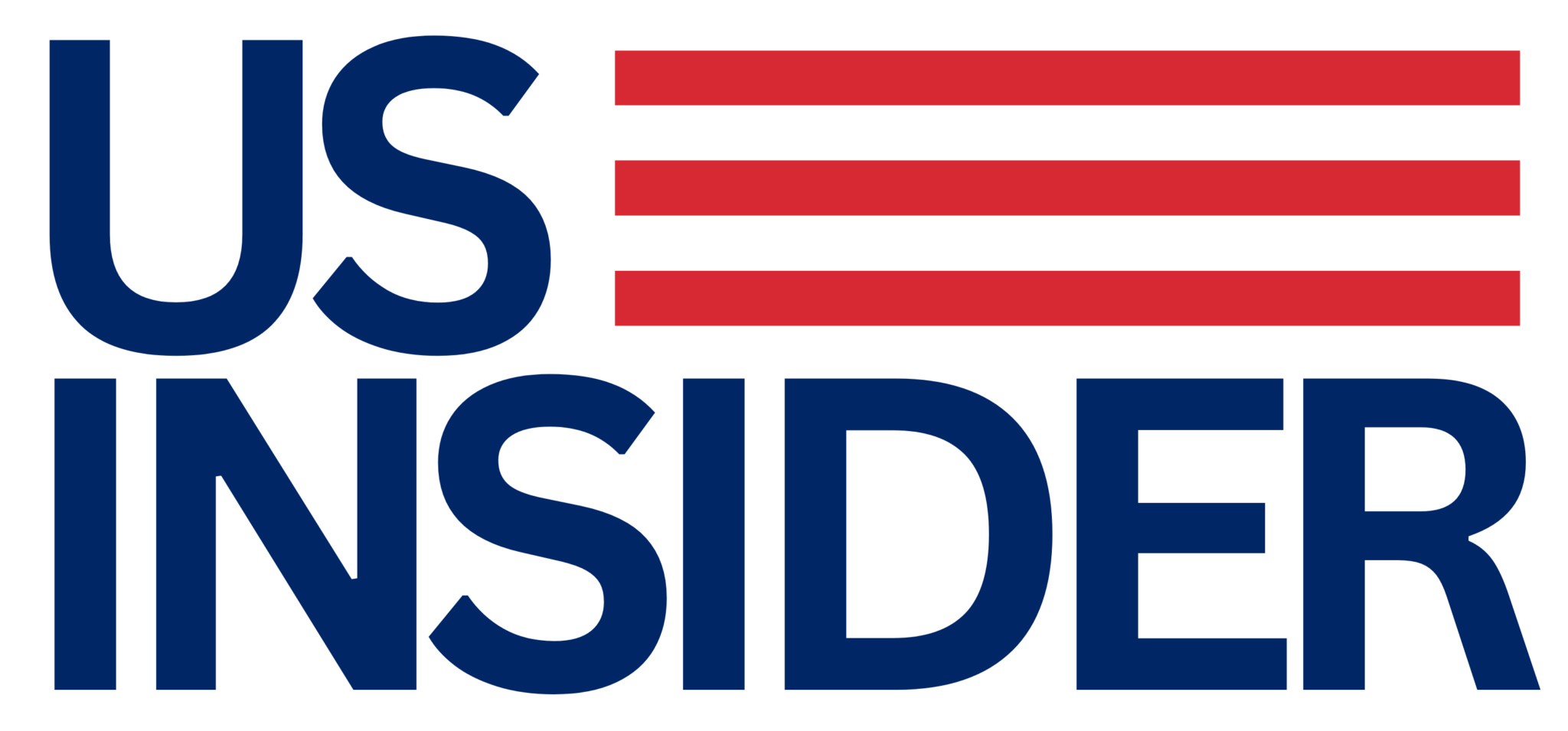The shift towards flexible work arrangements (FWAs) has transformed the way organizations and employees operate, particularly in the wake of the COVID-19 pandemic. This change reflects evolving expectations for work-life balance, productivity, and organizational culture. While FWAs offer numerous benefits, they also present challenges that require careful consideration and strategic planning. This article explores the various aspects of adjusting to flexible work arrangements, from their types and benefits to challenges and future trends.
Types of Flexible Work Arrangements
Flextime
Flextime allows employees to choose their working hours within an agreed-upon framework. This arrangement enables individuals to align their work schedules with personal responsibilities, promoting better work-life balance. For example, an employee might opt to start their day earlier to accommodate family commitments in the afternoon.
Remote Work
Remote work enables employees to perform their duties from locations outside the traditional office, often from home. Digital communication and collaboration tools such as Zoom, Slack, and Microsoft Teams make this arrangement possible. Remote work has become a cornerstone of flexibility, offering freedom and convenience for employees.
Compressed Workweek
A compressed workweek involves working the same number of hours over fewer days, such as four 10-hour days instead of five 8-hour days. This approach provides employees with extended time off, which can be used for personal activities, travel, or rest.
Job Sharing
In job sharing, two or more employees share the responsibilities of a single full-time position. This arrangement allows individuals to work reduced hours while maintaining their professional roles. It also enables organizations to retain skilled talent who may not be able to commit to a full-time schedule.
Benefits of Flexible Work Arrangements
Improved Work-Life Balance
One of the most significant benefits of FWAs is their ability to improve work-life balance. Employees can better manage personal responsibilities, reducing stress and preventing burnout. For instance, a parent might adjust their schedule to attend a child’s school event without sacrificing work commitments.
Increased Job Satisfaction
Flexibility often leads to higher morale and job satisfaction. Employees feel trusted and valued when given the autonomy to manage their schedules. This, in turn, fosters loyalty and engagement, benefiting the organization as a whole.
Enhanced Productivity
Contrary to concerns about reduced output, studies have shown that flexibility can enhance productivity. Employees working during their most productive hours and in environments that suit them tend to accomplish more. For example, remote workers often save time on commuting and experience fewer workplace distractions.
Talent Attraction and Retention
Offering flexible work options can attract a diverse talent pool and improve retention rates. Organizations that prioritize flexibility appeal to candidates seeking roles that accommodate their personal needs. This approach helps companies remain competitive in the job market.
Challenges in Implementing Flexible Work Arrangements
Communication Barriers
One of the primary challenges of FWAs, particularly remote work, is maintaining effective communication. Asynchronous work and varying schedules can lead to misunderstandings and reduced team cohesion. Organizations must invest in tools and strategies to ensure clear and consistent communication.
Equity Concerns
Ensuring equal access to FWAs across all roles and levels within an organization is critical. Employees in client-facing or operational roles may feel excluded if they cannot take advantage of the same flexibility as their colleagues. Addressing these disparities is essential for fostering fairness and inclusivity.
Performance Monitoring
Traditional supervision methods may not be applicable in flexible work settings. Managers often struggle to assess employee performance without direct observation. Clear metrics and a focus on outcomes rather than hours worked can help address this challenge.
Technological Dependence
Flexible work arrangements rely heavily on technology. Organizations must invest in robust digital infrastructure to support remote communication, data security, and collaboration. This dependence on technology can strain resources and require ongoing updates.
Strategies for Successful Adjustment
Clear Policies and Guidelines
Establishing clear policies and guidelines for FWAs is essential. These policies should outline expectations, responsibilities, and boundaries for employees and managers. For example, specifying core working hours ensures team availability for collaboration.
Training and Support
Providing training for employees and managers is crucial for the success of FWAs. Training should cover topics such as remote work best practices, effective use of digital tools, and strategies for maintaining productivity and work-life balance.
Regular Communication
Maintaining open lines of communication is vital in flexible work environments. Regular check-ins, team meetings, and updates help foster collaboration and address concerns promptly. Tools like video conferencing and project management software can facilitate these interactions.
Performance Metrics
Implementing clear performance metrics ensures accountability and helps evaluate the effectiveness of FWAs. Metrics should focus on deliverables and results rather than hours worked. This shift encourages employees to prioritize quality and efficiency.
Organizational Culture and Leadership
Leadership Support
Leadership support is critical for integrating FWAs into an organization’s culture. When leaders actively participate in and endorse flexible work policies, employees are more likely to embrace and adapt to these arrangements.
Trust Building
A culture of trust empowers employees to work autonomously within flexible frameworks. Managers should focus on outcomes and provide employees with the freedom to determine how best to achieve their goals. This trust fosters a sense of ownership and responsibility.
Inclusivity
Ensuring that flexible work policies are inclusive of diverse needs promotes equity and satisfaction. For example, accommodating employees with caregiving responsibilities or health challenges demonstrates a commitment to supporting all team members.
Legal and Policy Considerations
Compliance with Labor Laws
Organizations must comply with labor laws regarding work hours, overtime, and remote work arrangements. Adhering to national and local regulations ensures that employees’ rights are protected.
Health and Safety
Employers are responsible for ensuring that remote work environments meet health and safety standards. Providing ergonomic guidelines and resources for home offices can help maintain employee well-being.
Data Security
Data security is a critical concern in flexible work arrangements. Organizations must implement measures such as encryption, secure access protocols, and regular training to protect sensitive information.
Future Trends in Flexible Work
Hybrid Work Models
Hybrid work models, which combine remote and in-office work, are becoming increasingly popular. This approach offers employees the flexibility of remote work while maintaining opportunities for in-person collaboration.
Technological Advancements
Emerging technologies such as virtual reality (VR) and augmented reality (AR) are poised to enhance communication and collaboration in flexible work settings. These innovations can create immersive experiences that bridge the gap between remote and on-site teams.
Employee Well-Being Focus
As organizations continue to adapt to FWAs, there is an increasing emphasis on employee well-being. Mental health support, wellness programs, and initiatives that promote work-life balance are becoming integral to organizational strategies.
The adjustment to flexible work arrangements represents a paradigm shift in the workplace. While these arrangements offer numerous benefits, such as improved work-life balance, enhanced productivity, and talent retention, they also pose challenges that require thoughtful solutions. Organizations must address communication barriers, equity concerns, and technological dependencies while fostering a culture of trust and inclusivity.
As flexible work continues to evolve, businesses that prioritize adaptability, clear policies, and employee support will be better positioned to thrive in a dynamic work environment. By embracing these strategies, organizations can unlock the full potential of FWAs and create a more balanced and productive future for their teams.






